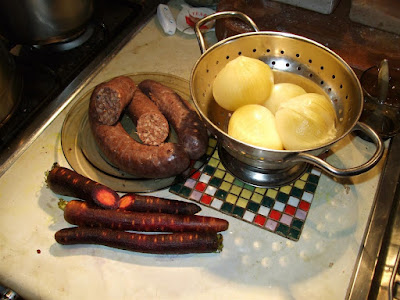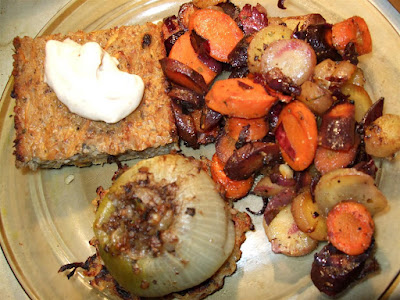Tonga: hina
Italian: zucca
Hindi: सीताफल
Albanian: kungull
Ukrainian: гарбуз
Bahasa Indonesia: labu
Hebrew: דלעת
Mapunzugun: waza
Swahili: boga
Afrikaans: pampoen
Maya: k'uum
Norwegian: gresskar
Rapanui: ipu kaha
Saami: gurbbet
Shona: nhanga
Sango: léŋgi
I have a problem with the original version of the name of my dish. In Uzbek language people were writing Arabic until the Soviet occupation. After that, cyrilic alphabet was introdiced and adjusted to Uzbek phonetics. Since XXI the official transcript is in Latin alphabet, street names and official websites included. So the name of my dish should be in latin script too, but I only have its Russian name and in cirilic: Чуду из тыквы. I can only guess that in Uzbek it would be something like oshqovoq chudu...? I need to know the original name since it is one of the best things I ever ate!
see also: Ecuadorian green plantain stuffed fritters
2 cups flour
1 cup boiling water
2 spoons oil (I added Malaysian orange palm oil which gave my chudu a lovely colour)

1 spoon salt
1 cup rubbed pumpkin
1 medium onion, chopped
1 spoon sugar
salt, pepper
1. Knead flour with salt and oil
2. Add boiling water, wait until you are able to knead again. When your dough has a homogeneous consistency, let it for about 30 minutes
3. Fry chopped onions. When golden brown, add rubbed pumpkin, sugar and salt. Fry about 3 minutes
4. Sprinkle your workplace with flour. Take a handful of dough and pin it out so thin as you can.
5. Cut out circles with a help of a plate of about 15 cm in diameter
6. Spread the filling thin on one half of a dough circle, leave 1 cm free outskirts. Cover with the second half and stick, making a strip with the edge of the fork (see the final effect of the edges of my chudu)
7. Fry


ps. the recipe is taken from Polish culinary forum www.cincin.cc, but the chudu recipe from this site was taken from some Russian culinary site... and so on :)































.JPG)



.JPG)





.JPG)

.JPG)
.JPG)





